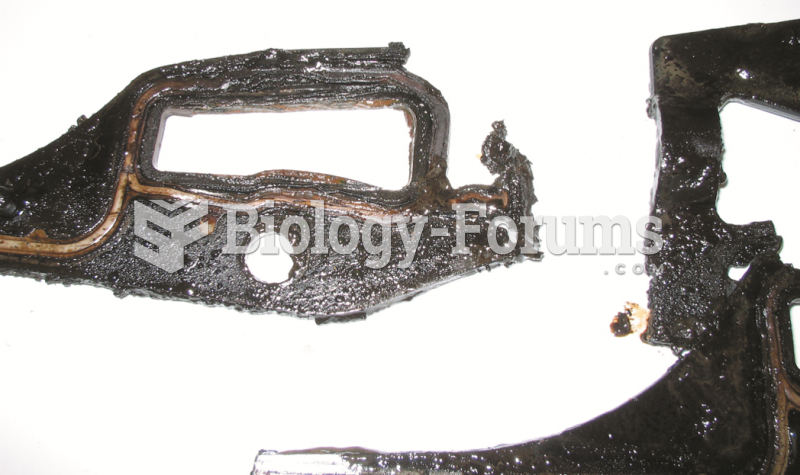Answer to Question 1
ANS: B (page 367)
Cognitive Level: Application
A. Incorrect response: See explanation B.
B. Correct response: When patients with COPD exacerbations are intubated because they are not candidates for NPPV initially, or fail a trial of NPPV, clinical research demonstrates that NPPV can be used to permit earlier extubations even with patients who have failed multiple T-piece trials, and early extubation to NPPV increases eventual weaning rates. The strength of evidence for COPD exacerbation justifies use of NPPV.
C. Incorrect response: See explanation B.
D. Incorrect response: See explanation B.
Answer to Question 2
ANS: B (page 368)
Cognitive Level: Application
A. Incorrect response: See explanation B.
B. Correct response: Positive-pressure is known to increased the FRC, improve lung compliance, and oxygenation. The increased intrathoracic pressure reduces preload and afterload, enhancing cardiac function in patients with pulmonary edema caused by left ventricular dysfunction.
Clinical research has demonstrated that NPPV in the form of CPAP dramatically improved dyspnea and oxygenation, and lowered intubation rates in patients with acute pulmonary edema compared with standard O2 therapy. Studies evaluating the efficacy of NPPV (i.e., pressure support ventilation and PEEP) compared with either O2 therapy or CPAP alone have shown benefits similar to those revealed by CPAP.
C. Incorrect response: See explanation B.
D. Incorrect response: See explanation B.







